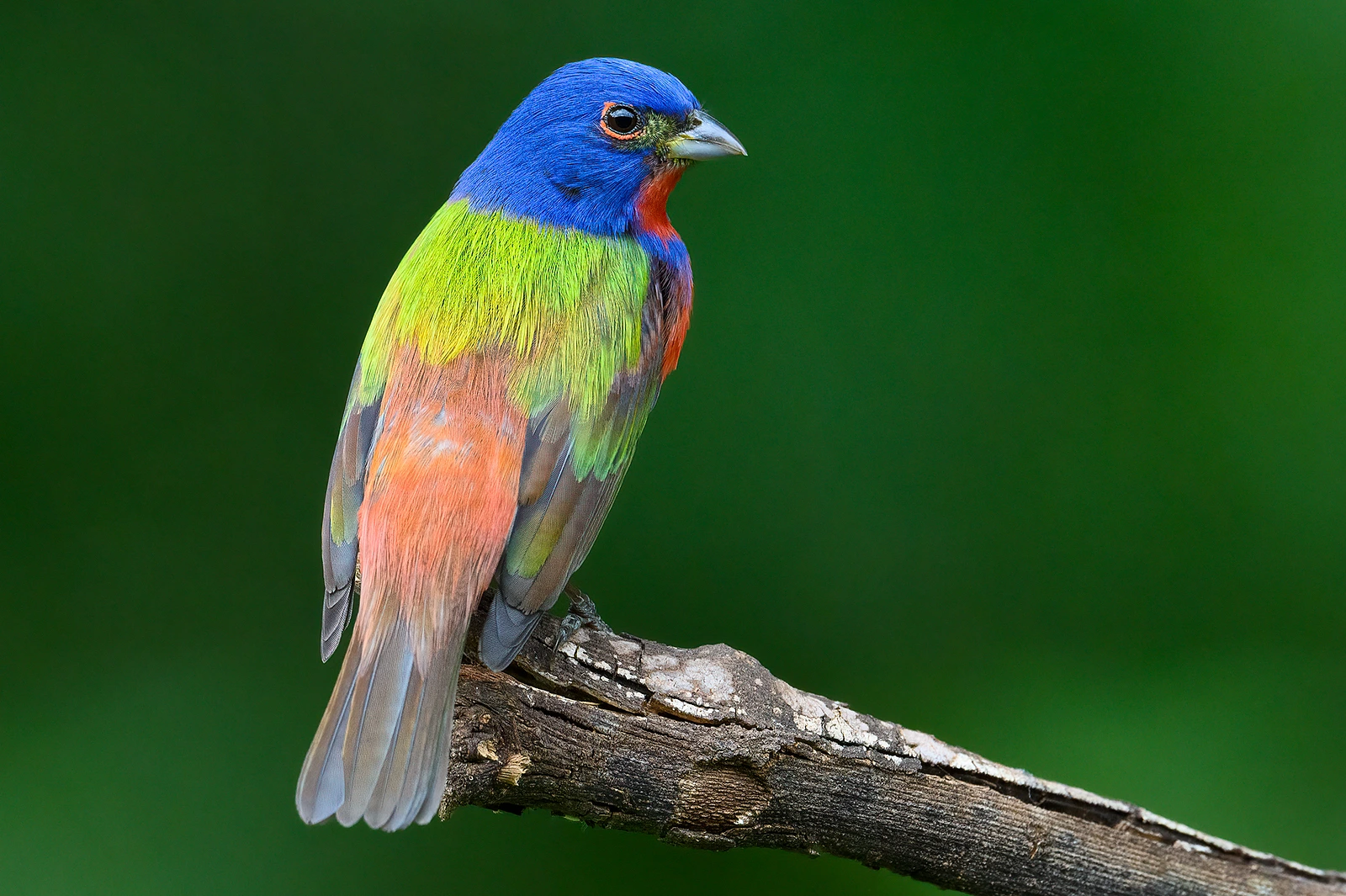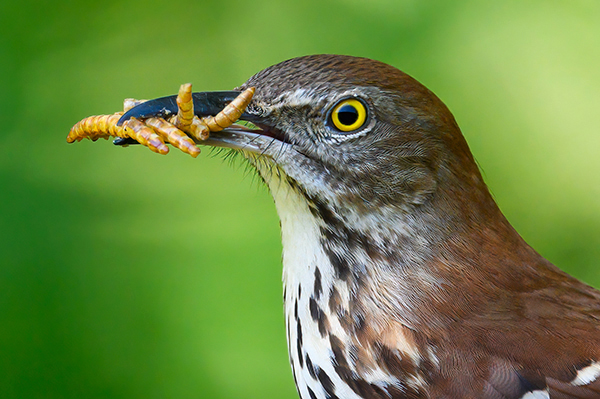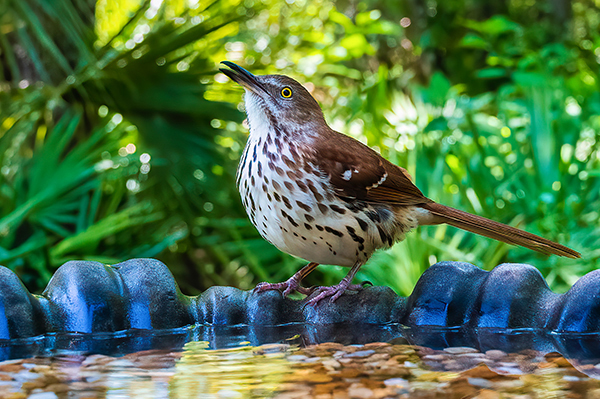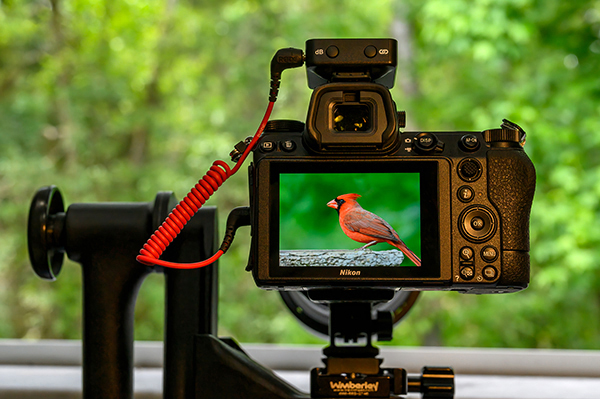
I know someone who calls these photographs my Alfred Hitchcock Project. You know, The Birds through a Rear Window. Nice touch, but the truth is the Master of Suspense was not in my thoughts when I began to shoot.

The project was pretty much the only self-assignment that made sense when travel was severely limited, extremely inadvisable, or downright impossible. And, on the very positive side, it offered an obvious advantage: while I’d rather travel to pursue wildlife, here wildlife would be coming to me.
I began with a simple plan: the photographs would be about the birds, not what attracted them. I was after bird portraits; there would be no traditional feeders or other distractions in the photos. I would pretty much limit shooting to the early hours of the morning, and I’d photograph from inside my house. Temperatures in Florida at the time were in the 90’s, so rather than hang out in the hot backyard and scare off my subjects, it would be better to shoot from an open window when the birds would be looking for breakfast—and I’d be supplying it.

First, there was some homework. What were these birds, anyway? And what did they like to eat? A little online research turned up the answers, and then I was ready to set up my inside/outside bird photography studio.
Built For Comfort
My plan was to keep it convenient and uncomplicated. Outdoors I’d offer some seed on a feeder platform, include a perch, and provide a birdbath. Indoors I’d set up my camera on my desk so it’d be about 18 ft. from the birds, open the window in the early morning after spreading some seed, and wait for my portrait subjects to arrive. I could work at the computer and take my cue from the birds’ sounds. They’d let me know when it was time to take pictures.

The camera-lens combo for the portraits was my Nikon Z7II and Nikkor 500mm f/5.6 mounted on a Wimberley Classic Head so I could swivel to cover the feeder, the birdbath, and the trees beyond. The gimbal head was mounted on my Platypod, which made for a low, perfectly flat desk mount.
As you might expect, fast shutter speeds are absolutely required; mine typically ranged from 1/400-1/4000, with ISO settings often up to 4000. My go-to apertures were f/5.6-f/7.1 to balance depth of field with non-distracting backgrounds, as the photos were all about the birds, not the setting.
Outside, the whole area was designed to attract birds with food, water, even a play area—a trellis that would also serve as a staging area for birds waiting their turn at the feeding platform. Since I also planned to shoot video, I wanted to capture the birds’ sounds to mix to the footage, so concealed behind the feeder post was a Rode Wireless GO transmitter/microphone that would send sound to a receiver atop my camera.

I’d foil the nemesis of bird feeders and photographers everywhere with a Wild Birds Unlimited squirrel/raccoon baffle for the 4x4 post that supported my feeder platform. A branch holder—so the birds would have an inviting perch on which to pose for me—also came from Wild Birds Unlimited. I’d keep changing the sticks and branches to keep the birds curious and my compositions changing. (You’re thinking, “So the birds didn’t get bored?” Right, and so I didn’t either.)
The plan worked perfectly. The birds were irresistible. Colorful, active, various, interesting, and funny, they got the picture right away as the sound of the screen door in the morning became a signal: fresh seed, guys! Come and get it. And I got their pictures with relative ease and comfort.

I could either keep my eyes on the camera’s LCD or work at my desk, and then, alerted by the sounds of the birds—I got used to their different voices, so I knew what type of bird was going to be there—I’d check the LCD and start shooting.
All in all, it was a whole lot better method than being out in the yard in the Florida heat with my camera, lens, and tripod, remaining stock still, concealed in foliage, hoping to get striking compositions. That kind of plan could’ve brought on Vertigo.

Read more of my articles online at Shutterbug.



 ) to see how your blog looks
) to see how your blog looks